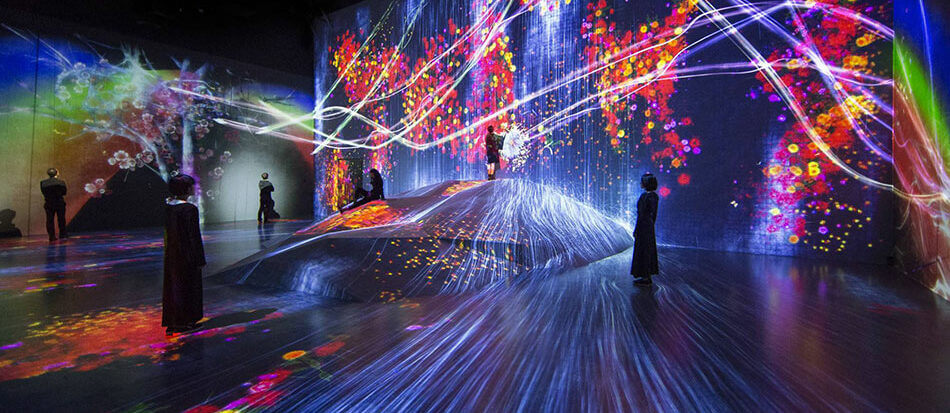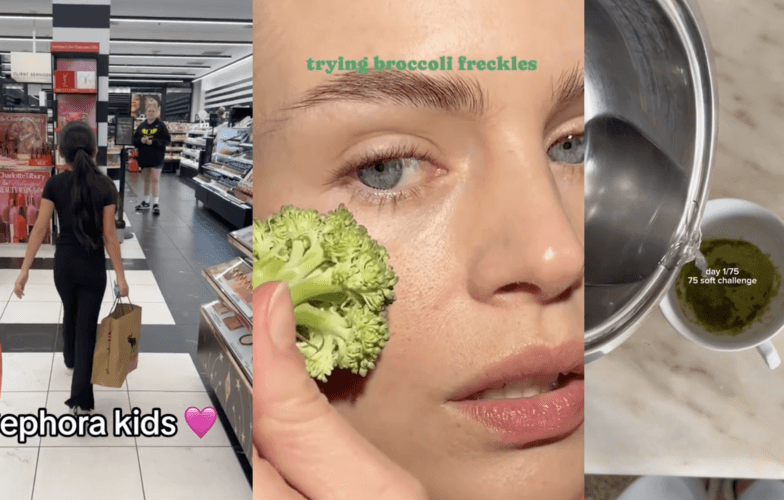
Gen Z & Culture : 3 keys for brands
DecodingsThe 18-to-24 age group, a.k.a. Generation Z, has its own points of reference and is busy redefining culture as the new political underground. Read on!
Generation Z – the one after Gen Y and before Gen Alpha – is a key target for enterprising cultural hubs, streaming platforms and museums that are lucid about today’s society. By 2020, this generation will account for 40% of the world’s consumers by 2020 and influence close to USD 4 billion in discretionary spending according to a study by MNI Targeted Media. In other words, brands will not be able to succeed commercially unless they understand how Gen Z operates.
#1 – Connected interactions
The digital environment has become the place to be, live, meet, buy, sell or check and many young people obsess about fluidity. In a world that sociologists call “liquid”, this generation is inhabited by a compulsion to avoid constraints, including time constraints.
A survey for the Observatoire E. Leclerc des nouvelles consommations (IPSOS, 2017 ) noted that two-thirds of respondents in this age group said they were on the lookout for new technologies. Cultural hubs are making intuitive responses within the new frameworks for seamless, connected interaction.
The recent wave of democratization in the cultural arena confirms this movement to increase accessibility regarding knowledge consumption. Culture is no longer a commodity consumed solely and exclusively in closed, dedicated spaces, but must be accessible and fluid for a digitally fluent public.
In response to this aspiration for democratization, cultural hubs are using digital phenomena to provide a variety of cultural offerings catering to Gen Z. In Tokyo, an immersive digital art exhibition held in a 3D space has encountered big success. It was created by the interdisciplinary art collective teamLab borderless. Three-dimensionality is also a feature of “POETIC_AI“, a contemporary art installation at the Atelier des Lumières in Paris that uses artificial intelligence in the visual creation process. In the United Kingdom, the Process Gallery, which features works by X-ray artist Nick Veasy, is also seeking to “build a larger community receptive to innovation in art” (including a 360° virtual tour available to its international supporters).
Artificial intelligence also serves other purposes, i.e. to export culture and facilitate a digital visitor’s path, as demonstrated by the online platform Google Arts & Culture and the work done in 2016 by Amit Sood, director of Google’s Cultural Institute and Art Project. For two years now, it has been possible to take a virtual tour of MoMa in New York. In France, this access-expanding strategy has inspired Viva l’Opéra, an effort to democratize a less accessible form of culture. Operas and ballets are broadcast live from premier opera houses all over the world to UGC movie theaters in the greater Paris area.
In a parallel current that goes counter to that of series binge-watching, streaming platforms are taking a more dynamic cultural approach. Among them are Medici.TV, an online platform for streaming classical music videos, and ImagoTV, a new, free platform for videos focusing on the issues of ecological transition. Advertisers are also stepping up, especially when viewers are given freedom of choice, as is now the case in interactive series (e.g. HBO’s “Mosaic” – 2018) or offerings such as Netflix’s “Bandersnatch” (early 2019).
“The Angry River”, a film for the big screen, has taken this idea even further. For reasons to do with screen time, the biggest threat is to video games, which filmmaker Armen Perian has pointed out in explaining this interactive choice.
#2 – New identity markers
The second lesson is that this generation is on a quest for a society that is more socially engaged, balanced and equitable, transcending the existing tendency towards categorization and boundaries. Motivated by the desire to mix identity markers, Gen Zers are upholding diversity as the hallmark of greater social openness.
The idea of what it means to “be inclusive” is changing, so cultural hubs must develop new strategies that go beyond the autonomization of minority groups, i.e. that encourage visitors from more advantaged groups to see that others feel as if they belong.
Street Art has become an even more important vector for inclusion. This point was developed by Fabrizio Gavosto, artistic director of Mirabilia, international festival for circus and performing arts, at the “Street Arts for an Inclusive Society” conference. Furthermore, a number of foundations are holding exhibitions (e.g. Basquiat at Fondation Louis Vuitton and Vhils at Fondation Carmignac) focusing on art forms that indicate social change and “update a language used by the ancients”, to borrow the expression used by Street Art Magazine. Luxury brands are also undertaking collaborations with urban artists (e.g. Hennessy).
#3 – Spaces for what is real and true
The aspiration for authenticity has emerged as a strong driver in a world perceived as unstable. Consumers seek transparency and culture appears to be a space offering respite from omnipresent commercialism. In one survey, 76% of Gen Z respondents said they were hyper-informed and concerned about man’s impact on the climate. Culture is helping a new relationship with quantity to emerge. Gen Zers are more selective than excessive; they filter out whatever does not meet expectations in terms of tone, language, proof or relevance.
In this “woke” attitude, truth and transparency feature as strong values. This reach for authenticity is evident at the Fashion for Good Museumin Amsterdam, dedicated to achieving socially responsible goals (less linear, more circular) through fashion.
To meet these expectations, other alternatives exist as well, e.g. the #nofilter hashtag (250 million posts on Instagram) and choosing simplicity. A case in point is the current exhibition of South Korean artist Lee Ufan at the Centre Pompidou in Metz, France. His work is characterized by “minimal intervention in terms of space and materials. The visitor path at the Chichu Art Museum uses plain wall-formed concrete and dim natural light to establish rapport between visitors and nature amid a “non-decor” created with great care and rigor.
“The Great Tamer“ experimental dance performance at the Festival d’Avignon expresses this anti-marketing current also, albeit more radically (e.g. in its use of nudity). More generally, anti-marketing sentiment is voiced in artists’ criticism of a saturated society. In Paris, the Collectif MU comes to mind, with its Garage Mu (a laboratory featuring artists-in-residence, workshops, concerts and exhibitions). One of its noteworthy exhibitions in 2018 featured the No Show Museum, dedicated to the concept of nothingness and its manifestations in art history!
Cover © teamLab – Tokyo’s Mori Building Digital Art Museum



